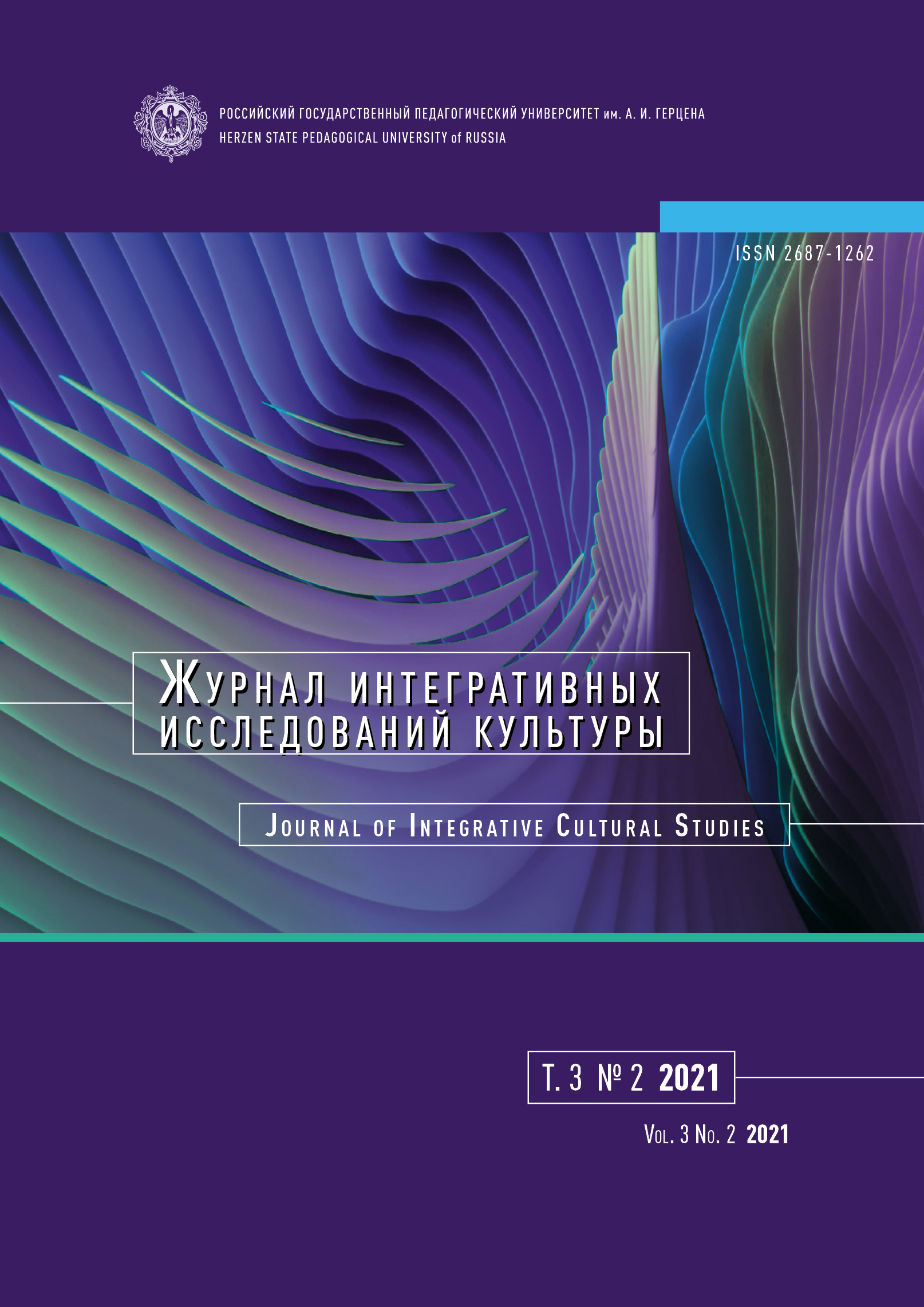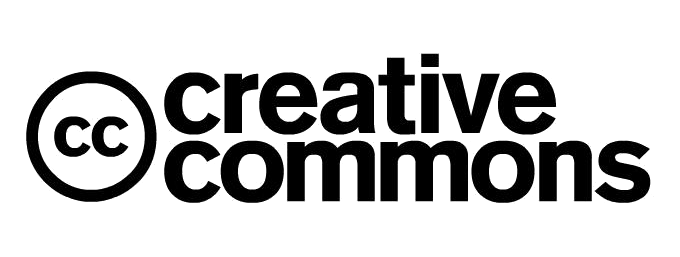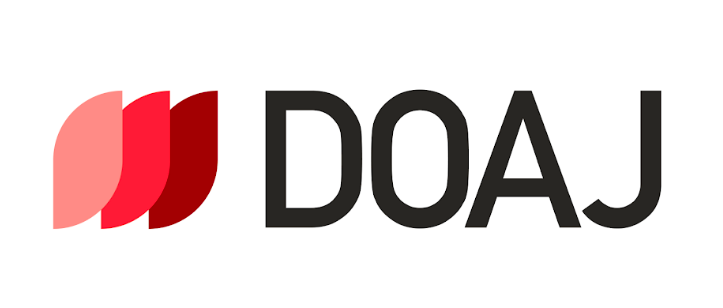On the historical and metaphysical meaning of the universal in the concept of education by Wilhelm Dilthey
Preface to the translation of Wilhelm Dilthey’s article “On the possibility of Universal Pedagogy”
DOI:
https://doi.org/10.33910/2687-1262-2021-3-2-163-166Keywords:
Wilhelm Dilthey, pedagogy, universal science, historicism, national educationAbstract
The preface to Dilthey’s article “On the possibility of Universal Pedagogy” highlights that his project of universal pedagogy does not concern with the metaphysics of education and abstract knowledge that is not dependent on specific culture. Rather, it is a historical accumulation of the most valuable pedagogical practices. Dilthey criticizes modern pedagogy for its attempt to be universal and to use metaphysical ethics and positivist psychology to try to underpin its scientific status. Dilthey understands education as a process of human development inextricably linked to the surrounding world (driver of development) as well as the values of the culture that shape human spirit (goals of development). Wilhelm Dilthey’s project of pedagogy includes two sections: the teaching about social institutions of education and the teaching about the methods of effective training and upbringing. He admits the crucial role of family, community, state and church. Together with pedagogy, these institutions are involved in human development. Dilthey compares education with a game with its priority for immediate perception and creativity. He also compares education with understanding where the parties to communication are enriched by the exchange of individual spiritual experience. Among the most important methods of pedagogy, Dilthey considers the development of memory, the study of mathematics and languages, due regard for the student’s motivation to study, the use of illustrative examples to explain formal knowledge.
Downloads
Published
Issue
Section
License
Copyright (c) 2021 Ilya I. Dokuchaev

This work is licensed under a Creative Commons Attribution-NonCommercial 4.0 International License.
The work is provided under the terms of the Public Offer and of Creative Commons public license Creative Commons Attribution 4.0 International (CC BY 4.0).
This license permits an unlimited number of users to copy and redistribute the material in any medium or format, and to remix, transform, and build upon the material for any purpose, including commercial use.
This license retains copyright for the authors but allows others to freely distribute, use, and adapt the work, on the mandatory condition that appropriate credit is given. Users must provide a correct link to the original publication in our journal, cite the authors' names, and indicate if any changes were made.
Copyright remains with the authors. The CC BY 4.0 license does not transfer rights to third parties but rather grants users prior permission for use, provided the attribution condition is met. Any use of the work will be governed by the terms of this license.







